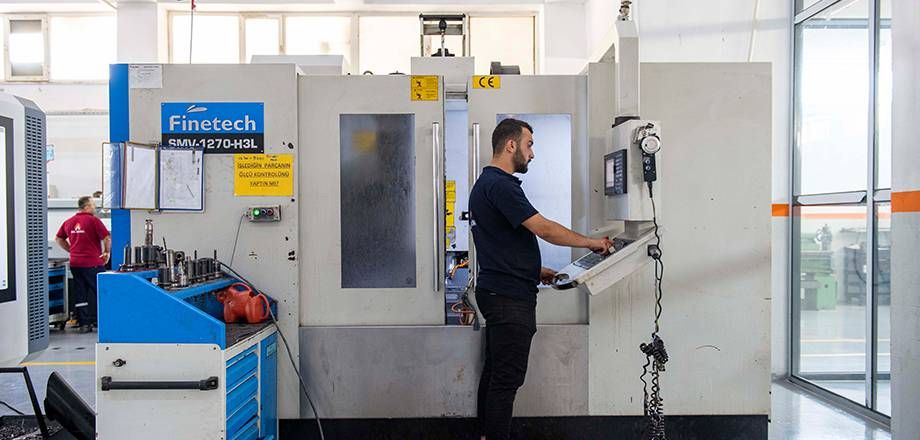
What is a CNC Machine? How does it work? What is the acronym and meaning of CNC?
A CNC (Computer Numerical Control) machine is a device that uses computerized numerical instructions to control and operate various manufacturing processes. It is typically mounted on a workbench or a machine tool. CNC machines are also referred to as CNC lathes or CNC milling machines. These machines are capable of executing programmed instructions to carry out precise and complex tasks with high efficiency.
The CNC machine operates by following a set of programmed instructions that are input into its computer control system. These instructions, known as G-codes and M-codes, specify the movements, speeds, and actions required to complete a particular task. G-codes control the machine's tool movement, such as positioning, cutting, and shaping, while M-codes handle auxiliary functions like spindle rotation, coolant activation, and tool changes.
The workflow of a CNC machine generally involves the following steps:
1. Design: The desired part or component is created using CAD (Computer-Aided Design) software. The CAD file contains the geometric information and dimensions of the object.
2. CAM Programming: The CAD file is imported into CAM (Computer-Aided Manufacturing) software, where the toolpaths and machining operations are defined. This involves selecting cutting tools, specifying cutting parameters, and generating the G-code program.
3. G-code Generation: The CAM software generates the G-code program, which includes a series of instructions that the CNC machine will follow to perform the desired operations. The G-code program contains commands for tool movements, feed rates, spindle speed, and other machining parameters.
4. Setup: The workpiece is securely clamped to the machine's worktable or fixture. The cutting tools are installed in the machine's tool holders, and the necessary tool offsets and workpiece coordinates are set.
5. Program Loading: The G-code program is loaded into the CNC machine's control unit. This can be done via a direct connection or by transferring the program to the machine's memory using external storage devices like USB drives or network connections.
6. Execution: The CNC machine begins executing the instructions in the G-code program. It moves the cutting tools along the specified paths, cutting, drilling, or shaping the workpiece according to the programmed operations.
7. Monitoring: During the machining process, operators or automated systems monitor the machine's performance, making adjustments if necessary. They ensure proper tool engagement, coolant flow, and overall quality control.
8. Completion: Once the machining operation is finished, the machine may signal the completion or prompt the operator to unload the finished part. The workpiece is inspected, and any post-processing steps, such as deburring or surface finishing, may be performed.
The CNC acronym stands for Computer Numerical Control, which reflects the use of computer technology to control the machine's operations based on numerical instructions. CNC machines offer numerous advantages, including high precision, repeatability, automation capabilities, and the ability to produce complex shapes and parts efficiently. They are widely used in industries such as aerospace, automotive, manufacturing, and prototyping.
